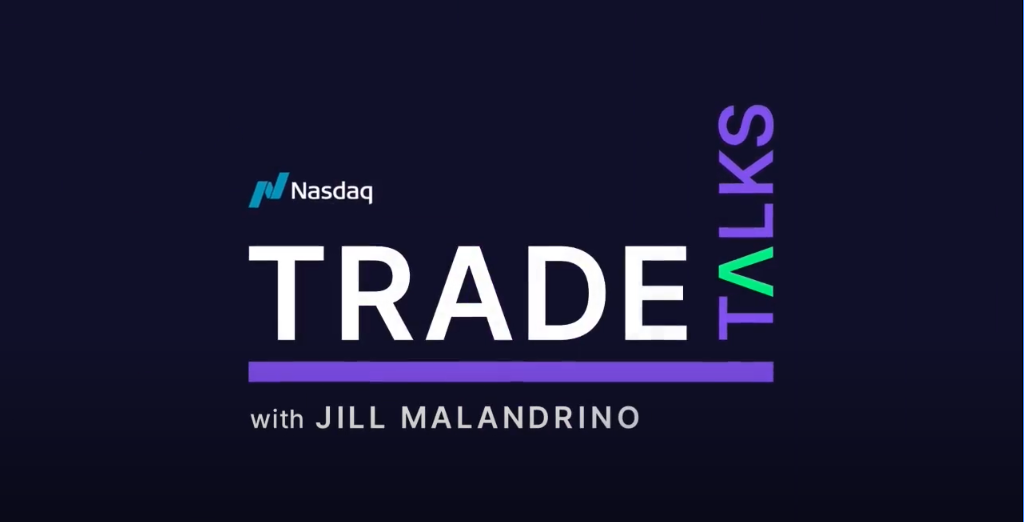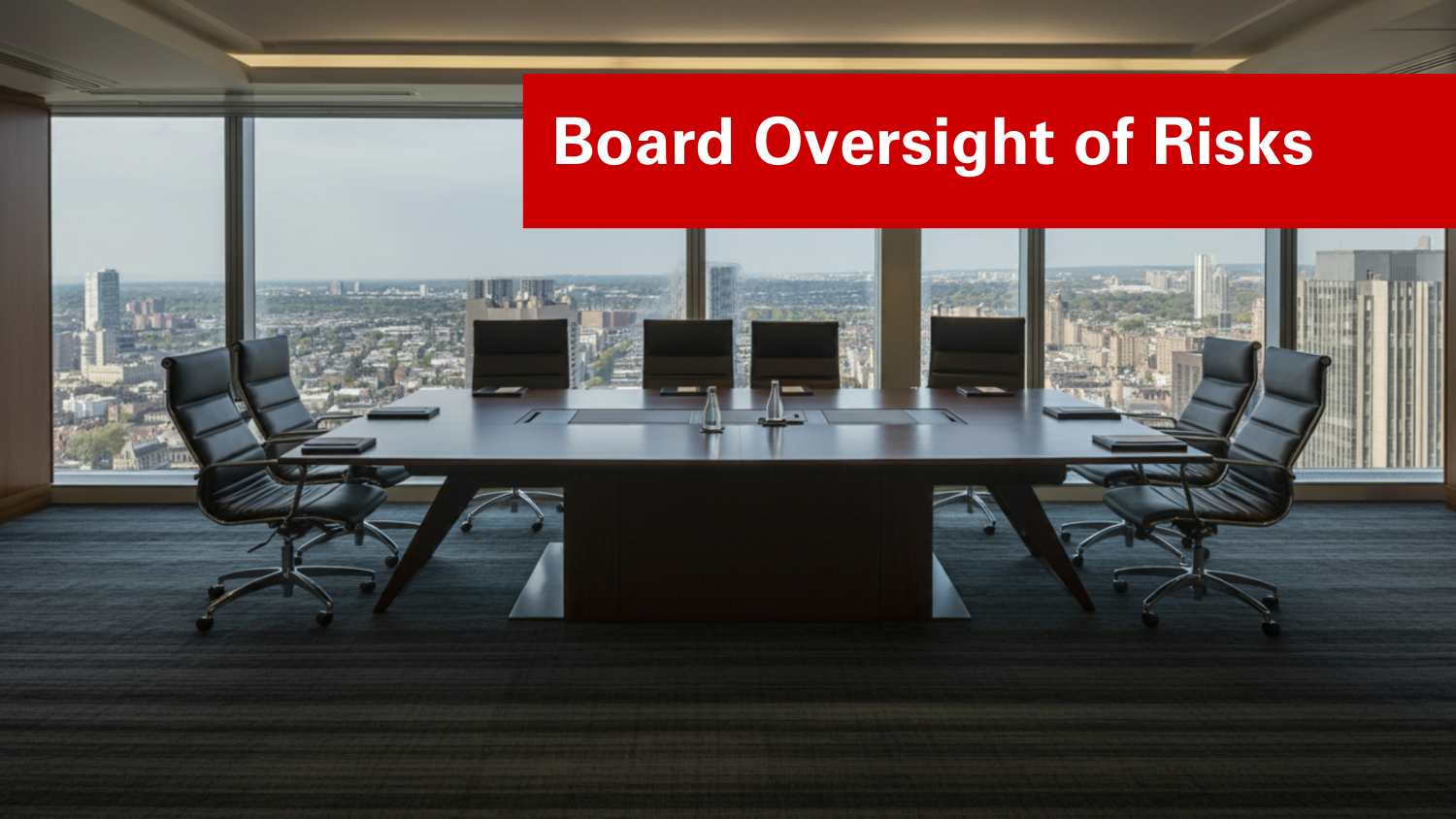Rich Insights from NC State’s Fall 2018 ERM Roundtable Summit
Our ERM Roundtable Summits started in 2004 around the same time as the initial COSO ERM Framework was released. In the early days of the Roundtables, we hardly heard any one speak about risk culture or the importance of connecting ERM with strategy. What a long way we have all come.
Today, we have a revised COSO ERM Framework and we had four great roundtable speakers touch on some of the newer elements of the ERM Framework that bring significant value to their organizations.
One statement that stood out from the excellent presentation by SunTrust Bank’s Spyro Karetsos, Executive Vice President – Enterprise Risk Services, was his statement “We are in the business of taking risks.” Ultimately this applies to every organization at the roundtable. In fact, this point came out the day before as I interviewed one of our ERM Initiative Advisory Board members, Rhett Saunders, from Compassion International about how that organization thinks about taking risks. Even though Compassion International is a non-profit organization, it fully embraces the reality that organizations have to take risks to achieve their mission and vision. In order to serve children around the world who are in the greatest of need, Compassion International has to be willing to step in to some of the toughest regions of the world, such as in the country of Myanmar, the site of the world’s longest civil war. ERM is a tool that helps us to take risks in smart and strategic ways.
The Fall 2018 ERM Roundtable Summit presentations provided a great foundation of practical ideas for applying some of the key concepts in the recently updated COSO ERM Framework. Sharon Whittle’s (who serves as a Principal in Human Capital Services at Grant Thornton) presentation on assessing an organization’s culture and its impact on risk taking and risk management helped point out why COSO added a culture dimension to the ERM framework. Her statement that “Risk culture needs to be right to absorb and propel strategy” drove home the importance that culture plays in an organization and how culture can serve as the 4th line of defense for risk management.
Samantha Coster, who helps lead ERM Risk Advisory at Hilton Hotels, illustrated the important role ERM should play in strategy and objective setting, the second focus of the COSO update. An item that really stood out from Sam’s experience at Hilton was her description of how the ERM function at Hilton has moved from simply being focused on risk from a compliance and operations perspective to one that is playing a stronger role in serving as an enterprise-wide risk advisor for Hilton. As ERM has evolved at Hilton, the ERM process has increased its focus on the key strategic priorities of the organization to assist leaders in thinking about risks to those priorities, which in turn has extended the reach and value of ERM at Hilton. To reflect that, they have renamed the process to be Enterprise Risk Advisory at Hilton.
Spyro Karetsos’ presentation really built on the themes of risk culture and integrating with strategy by first noting that risk culture lives at the center of ERM. In addition his insight on how perspective matters for gauging risk appetite and how users must be aligned in regards to their willingness to take risks to ensure strategic success really highlighted the importance of ERM in managing the business. He laid out a number of practical insights about the process the bank uses to identify different ranges of its willingness to take certain risks and then he shared how they measure and monitor a number of key risk indicators based on a combination of qualitative and quantitative measures to track the actual level of risk taking. The ERM function summarizes these insights using a number of visuals to help senior management and the board identify when they are over or under optimized in their risk taking across numerous dimensions.
Finally, Mick Reed, Senior Director of Strategy and Enterprise Risk Management at VF Corporation (the company owns well-known brands such as Wrangler, Lee Jeans, Vans, North Face, etc.) brought the strategic aspect of ERM into focus by illustrating how ERM is helping management think through a series of “forces of change” that they see on the horizon between now and 2030. His talk emphasized how management is leveraging ERM to not only think about “what just happened” (hindsight) or “what is happening” (insight) but to also think about foresight – “what is going to happen”. VF’s work in understanding major trends in the world today that may impact how organizations do business in 2030, including their products they sell, is impacting how they are integrating that long-term horizon risk information to create long-term strategic opportunities. Hearing Mick’s presentation highlights how tools like IBM’s Watson may help organizations aggregate the data necessary to better understand forces of change.
Collectively, our four outstanding speakers, coupled with a day of networking among the 150+ participants, was loaded with plenty of practical, tactical insights that can help elevate how we all think about and manage risks for strategic advantage. What a great day was had by all.
We are especially grateful for our Platinum Level Sponsor–SAP, our Silver Level Sponsor–Dixon Hughes Goodman, and all of our ERM Initiative Advisory Board Sponsors for their financial support that make awesome events like the Fall 2018 ERM Roundtable Summit possible.
Download a copy of the article here.
Remember to Save the Date for our Spring ERM Roundtable Summit – April 25, 2019 in Raleigh, NC. Our speakers will include ERM leaders from Advanced Auto Parts, Conagra, McDonalds, and Stanford University.
More details to come!
Keep in touch by watching our web site at www.erm.ncsu.edu.
SAVE THE DATE!
SPRING 2018 ERM ROUNDTABLE SUMMIT
THURSDAY, APRIL 25, 2019
RENAISSANCE RALEIGH NORTH HILLS HOTEL, RALEIGH, NC
Don Pagach, PhD
Professor and Research Director, NC State’s ERM Initiative
As Research Director of North Carolina State University’s ERM Initiative, Don Pagach actively conducts research that examines factors associated with how entities design and implement enterprise risk management (ERM) processes and how those processes impact firm performance and value. In the summary below, Don provides insights he gleaned from last week’s ERM Roundtable Summit held in Raleigh.


